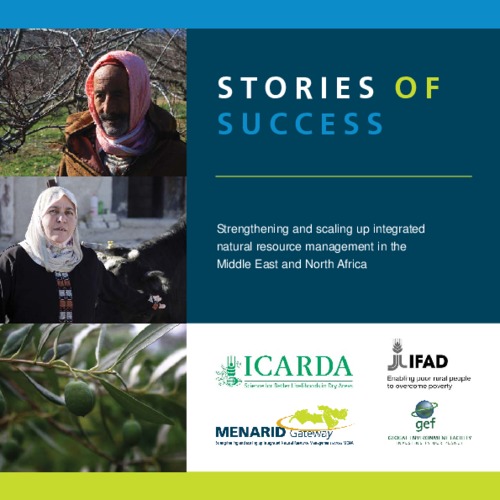Stories of success: Strengthening and scaling up integrated natural resource management in the Middle East and North Africa
This document is a synthesis of outcomes from a knowledge process that was a collaborative effort involving researchers, scientists, and technicians from Iran, Jordan, Morocco, Tunisia, and Yemen.


